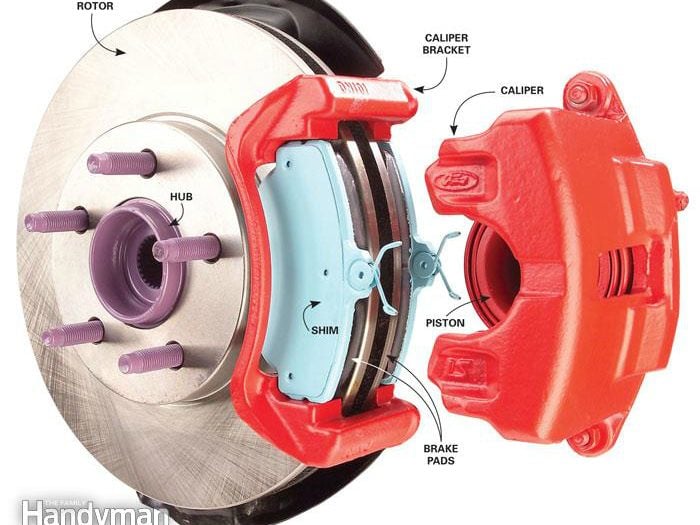
How to Save on a Car Brake Job
Car maintance is part of car ownership. You’ll buy at least three brake jobs during the life of your vehicle. And if you don’t learn how to spot the rip-offs, you’ll waste upward of $1,000 on parts and services you don’t really need. Brake job rip-offs happen far more often than you think. We’ll lift the curtain on these shady practices and show you how to get a good brake job and avoid getting taken.
The image here illustrates the anatomy of a brake system: The caliper (the squeezing machine), the brake pads (the friction material), and the rotor (the part that gets squeezed).
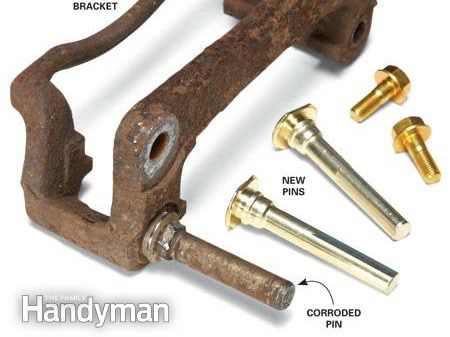
Brake Job Rip-Off #1: Buying calipers when you don’t need them
Brake calipers work in a push-pull process to squeeze the brake pads against the rotors. First, the caliper piston pushes the inboard pad outward until it touches the rotor. Then the caliper slides backward, pulling the outboard against the other side of the rotor. When you back off the brakes, the piston retracts slightly and the caliper releases pressure on the pads.
But if the caliper binds on the slide pins, the brake pads wear unevenly and quickly. Binding is a very common problem. But that doesn’t mean you have to replace the calipers. Instead, the shop simply needs to replace the slide pins ($20 total parts cost) and lubricate them with high-temperature synthetic grease. So if replacement calipers are recommended, ask if they can be fixed by replacing the slide pins.
In most cases, calipers can be reused. But don’t argue if you’re told that the brake caliper is leaking fluid or the piston won’t retract. Then it must be rebuilt or replaced.
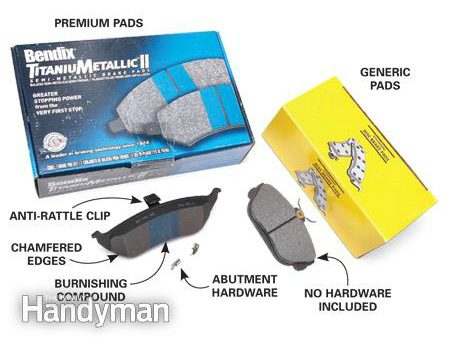
Brake Job Rip-Off #2: Paying premium prices for generic pads
Lots of companies build mediocre brake pads and pass them off as a premium product at bargain basement prices. They’re really no bargain because they wear out quickly, chew up your rotors and increase your stopping distance.
How can you tell “real” premium pads from the impostors? First, top-quality brake part manufacturers always put their name on the box. And even though they may offer several quality levels (good, better, best), their “good” pads are almost always of higher quality than a premium pad from a “no-name” company.
Second, real premium pads usually include all the required hardware (shims, anti-rattle clips and abutment hardware) at no extra cost. So, if the shop claims it’s installing premium pads, but the price quote includes additional charges for the hardware, you may be getting ripped off.
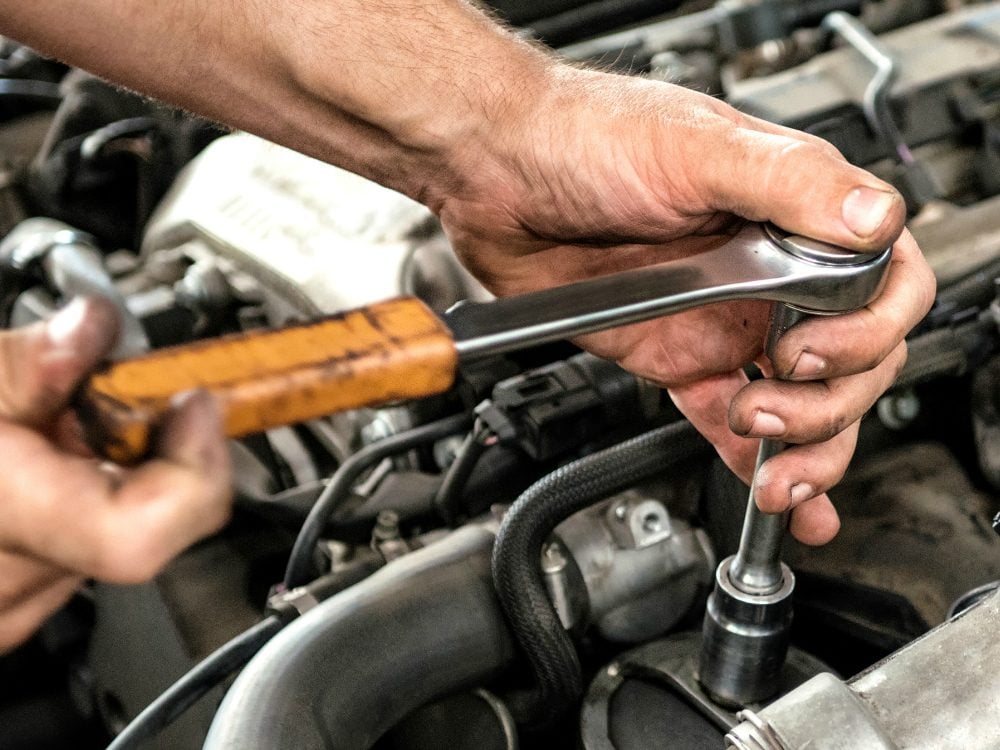
Brake Job Rip-Off #3: Getting up-sold to ceramic pads
There are lots of myths surrounding ceramic brake pads, and shops are happy to recite them to help you justify an “upgrade.” They’ll say that ceramic is simply the best brake pad material you can buy. Not true. Another is that they outlast semi-metallic pads and provide better braking. Not true either. What is true about ceramics is that they run quieter and give off less brake dust-period.
If you haul heavy loads or do a lot of stop-and-go driving, semi-metallic pads last longer and provide better braking than ceramic pads. So, before you fall for the ceramic upgrade routine, think about what type of pad came with the vehicle and what kind of driving you do. If you do mainly light hauling and light braking and are really into the look of your aluminum wheels, then go for the ceramic pads.
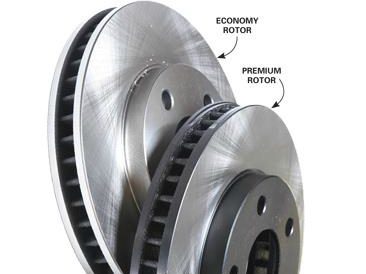
Brake Job Rip-Off #4: Getting inferior rotors for premium prices
The brake parts market is flooded with inferior rotors that wholesale for as little as $10. Some auto repair shops buy those instead of premium rotors, charge you the higher price, and pocket the difference. To the untrained eye, the generic rotors look just like the high-quality versions.
But when you place them side by side, the differences are staggering. The friction surfaces on the generic rotors are noticeably thinner and they weigh about 20 percent less. With less metal to absorb heat and fewer cooling fins to dissipate it, the generic rotors heat up faster, warp more often (creating pedal pulsation), make more noise and simply wear out faster. They’re a lousy choice all the way around-even if you’re trying to save money.
Just as with brake pads, ask the shop for a quote that’s based on brand-name professional grade (as opposed to “service” grade) rotors.
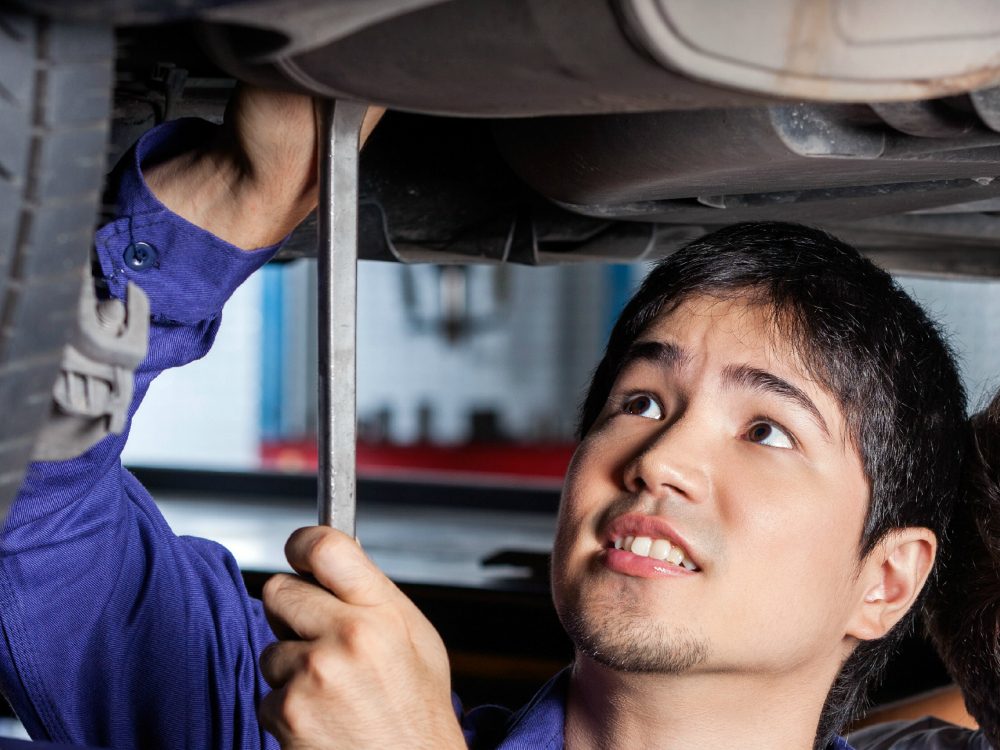
Finding a Reputable Brake Shop
Top-quality shops automatically use the best car parts because they don’t want “comebacks” (jobs redone at their expense). They charge a fair price up front without resorting to gimmicks and up-selling. Call a few shops in your area and ask what brand, type and quality-level pads and rotors they use. Here are some well-known brands: Bendex, Raybestos, Akebono, Hawk, Wagner, NAPA/United, Carquest, Centric, Motorcraft, ACDelco, Monroe, Brembo and EBC.
One you find a shop that carries brand-name parts, ask for a price quote over the phone. Any reputable shop will provide a fairly firm quote that includes machining the rotors, replacing the slide pines and installing high-quality pads and hardware. Shops don’t need to see the vehicle to provide a price-a brake job isn’t brain surgery. If a shop balks at providing a phone quote, call a different one.
Check out more do-it-yourself car maintenance tips!
Explore Reader’s Digest Cars.